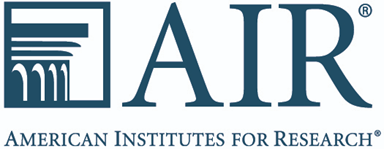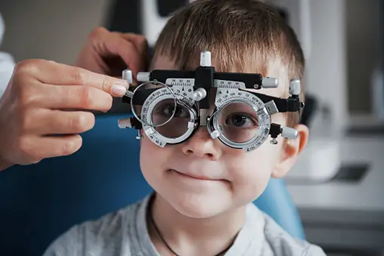Delaware education study recommends increasing funding – By Zoe Stayman, Coast TV
DELAWARE - Changes in education funding policies in Delaware are being recommended to policymakers following a recent study and report by the American Institutes for Research. Some recommendations include:
- Increasing state investment in public education.
- Distributing more resources according to student need.
- Improving funding transparency.
- Allowing more flexibility in how districts use resources.
- Regularly reassessing property values.
DELAWARE STUDENT OUTCOMES
The report analyzed data from the National Assessment of Educational Progress, which showed that Delaware's student outcomes lag behind those of other Mid-Atlantic states and have declined over the past decade, even before the COVID-19 pandemic. It also compared Delaware's school funding system to other states and included both data on school spending, student needs and student outcomes and perspectives of education leaders from districts across the state.

Salt Lake City students can get free glasses at this new vision clinic, inside an elementary school – By Michael Lee, Salt Lake Tribune
Emmett Knight is an “A” student in almost every subject, according to his grandpa. Except for one — reading.
Since his grandpa began taking care of him last year, the Riley Elementary second grader had been struggling with the subject at school and at home.
“He told us, ‘I can’t see those letters,’” his grandpa, Terry Knight, said. “So we thought maybe that was the biggest problem.”
Emmett eventually came home with a letter referring him to the Salt Lake City School District’s new vision clinic, located at Parkview Elementary. As it turned out, Emmett was diagnosed with an eye infection. With his grandpa by his side at his eye exam this month, he also got to pick out a pair of new black, thick-framed rectangular glasses.
Since April, the clinic has been offering vision services to Salt Lake City students and their families. Care is free to those who qualify, but the clinic also accepts some kinds of insurance.

Missouri education board approves emergency rule freeing up money to expand child care – By Clara Bates, Missouri Independent
Missouri’s Board of Education changed a rule this week that had prevented many child care providers from accessing the $26 million in grant funding allocated by lawmakers this year.
The grant money was set aside for community-based child care providers to expand access to pre-kindergarten but included certification requirements that shrank the pool of eligible providers. Around $7 million of that fund has so far been awarded or is expected to be awarded from the September and November rounds of applications.
The Tuesday vote to change the requirements was unanimous, effective immediately, to carry out the goal of expanding access to child care across the state — “a huge priority and a huge need,” said Kari Monsees, Missouri’s deputy education commissioner.
Casey Hanson, director of outreach and engagement at the child advocacy nonprofit Kids Win Missouri, said her organization heard from many providers unable to qualify and worked closely with the department to try to fix the grant’s requirements.

Fall enrollment in Washington public schools increased by nearly 2,000 students over last year- By Shauna Sowersby, The Olympian
Fall enrollment in Washington state’s public schools increased by nearly 2,000 students compared to last year, the Office of Superintendent of Public Instruction announced Wednesday, Dec. 6. Enrollment for second graders saw a 6.3% jump, the largest increase for all grade levels, according to a news release from OSPI.
Running Start, a program that allows high school students to earn high school and college credit simultaneously, also saw a 4.3% increase, while 11th-grade enrollment jumped by 3.3%, and fifth-grade enrollment increased by 1.7%.
But there were declines in enrollment for some other grade levels, the agency noted.
The largest decline was in first-grade classrooms with a 3.7% decrease in enrollment. Eighth grade had the next largest decrease at 2.5%.
Kindergarten and third grade both saw a 2.4% decrease as well. “In the earlier elementary grades, continued declines in enrollment appear to be attributed to additional homeschooling and declining birth rates,” the OSPI news release said.











